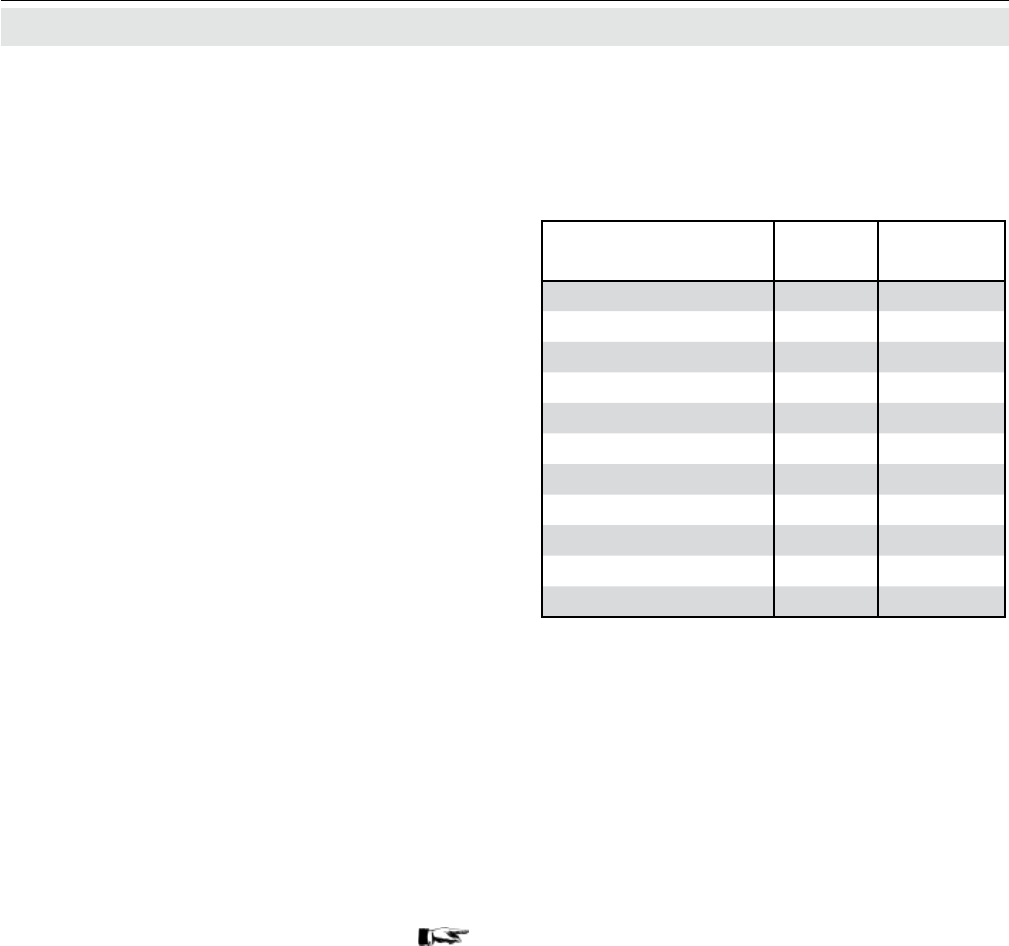
Emerson Process Management GmbH & Co. OHG3-10
X-STREAM XE
Instruction Manual
HASXEE-IM-HS
04/2010
3.2 Oxygen Measurement
Due to the measuring principle the electro-
chemical oxygen cell requires a minimum
internal consumption of oxygen (residual
humidity avoids drying of the cell). Supplying
cells continuously with dry sample gas of low
grade oxygen concentration or with sample
gas free of oxygen could result in a reversible
detuning of O
2
sensitivity. The output signal
will become unstable, but response time re-
mains constant.
For correct measurement the cell needs con-
tinuously to be supplied with concentrations
of at least 0.1 Vol.-% O
2
. We recommend to
use the cells if need be in alternating mode,
means to purge cells with conditioned (not
dried, but dust removed) ambient air when
measurement pauses.
If it is necessary to interrupt oxygen supply
for several hours or days, the cell has to re-
generate (supply cell for about one day with
ambient air). Temporary ushing with nitrogen
(N
2
) for less than 1 h (e.g. for analyzer zero-
ing purpose) has no inuence on measuring
characteristics.This sensor is not suitable
for anorganic gases containing chlorene or
ourene!
In addition it is not suitable for sample ga-
ses containing ozone, H
2
S (> 100 ppm) or
NH
3
(> 20 ppm).
For a number of other interfering gases
Tab. 3-5.
Gas
Concen-
tration
Interference
Level
Carbon monoxide CO 0-100 % no effect
Carbon dioxide CO
2
0-100 % no effect
Nitric monoxide NO 0-1 % no effect
Nitrogen dioxide NO
2
0-1 % no effect
Sulfur dioxide SO
2
0-3 % 3 %
Hydrogen sulde H
2
S 0-3 % no effect
Ammonia NH
3
0-3 % 1 %
Hydrogen H
2
0-100 % no effect
Hydrogen chloride HCl 0-3 % 1 %
Benzene C
6
H
6
0-100ppm 1 %
Methane CH
4
0-100 % no effect
Tab. 3-5:
Electrochemical Oxygen Measurement -
Cross Interference by Accompanying
Gases
3.2.3 Special Hints


















